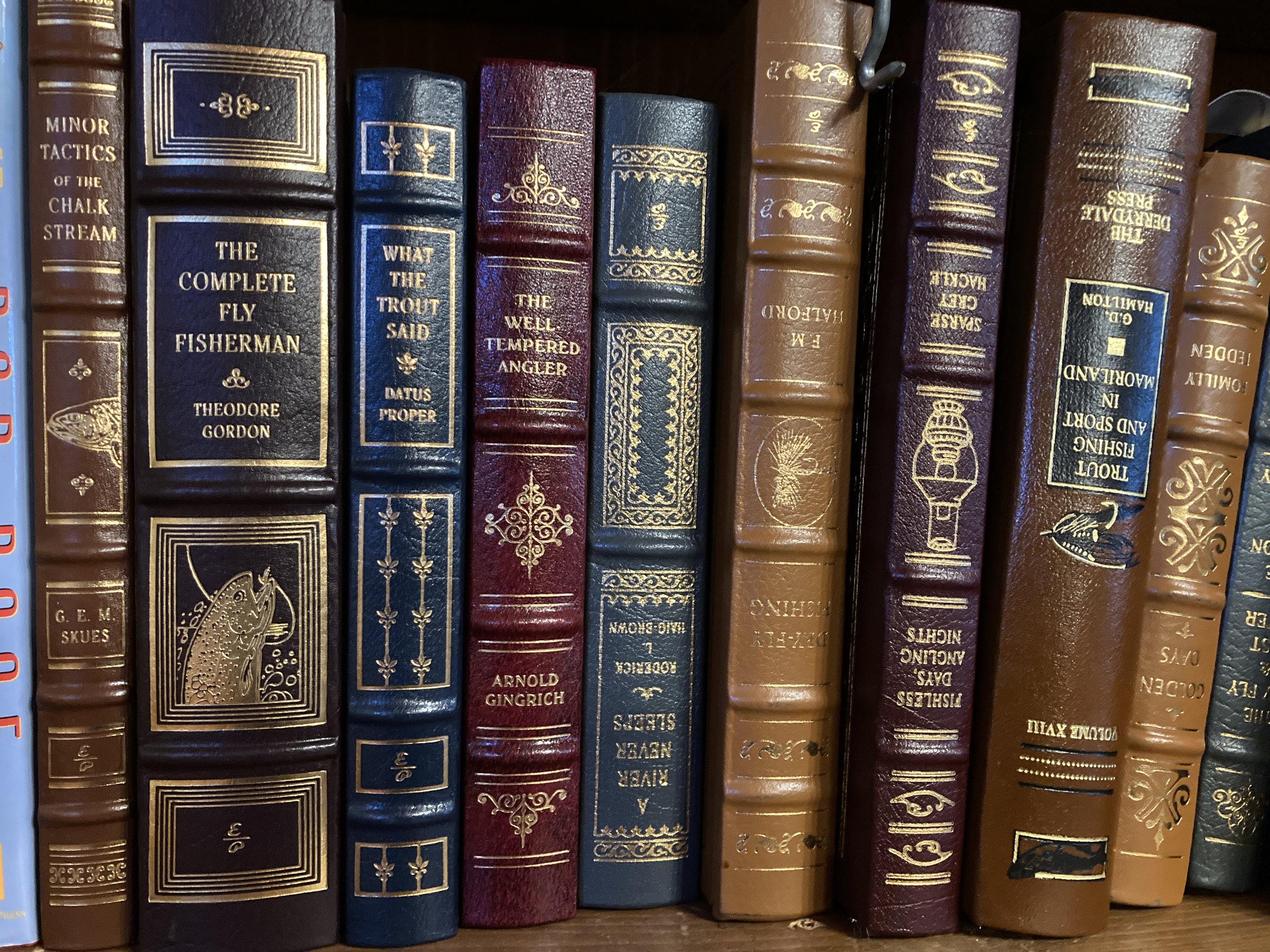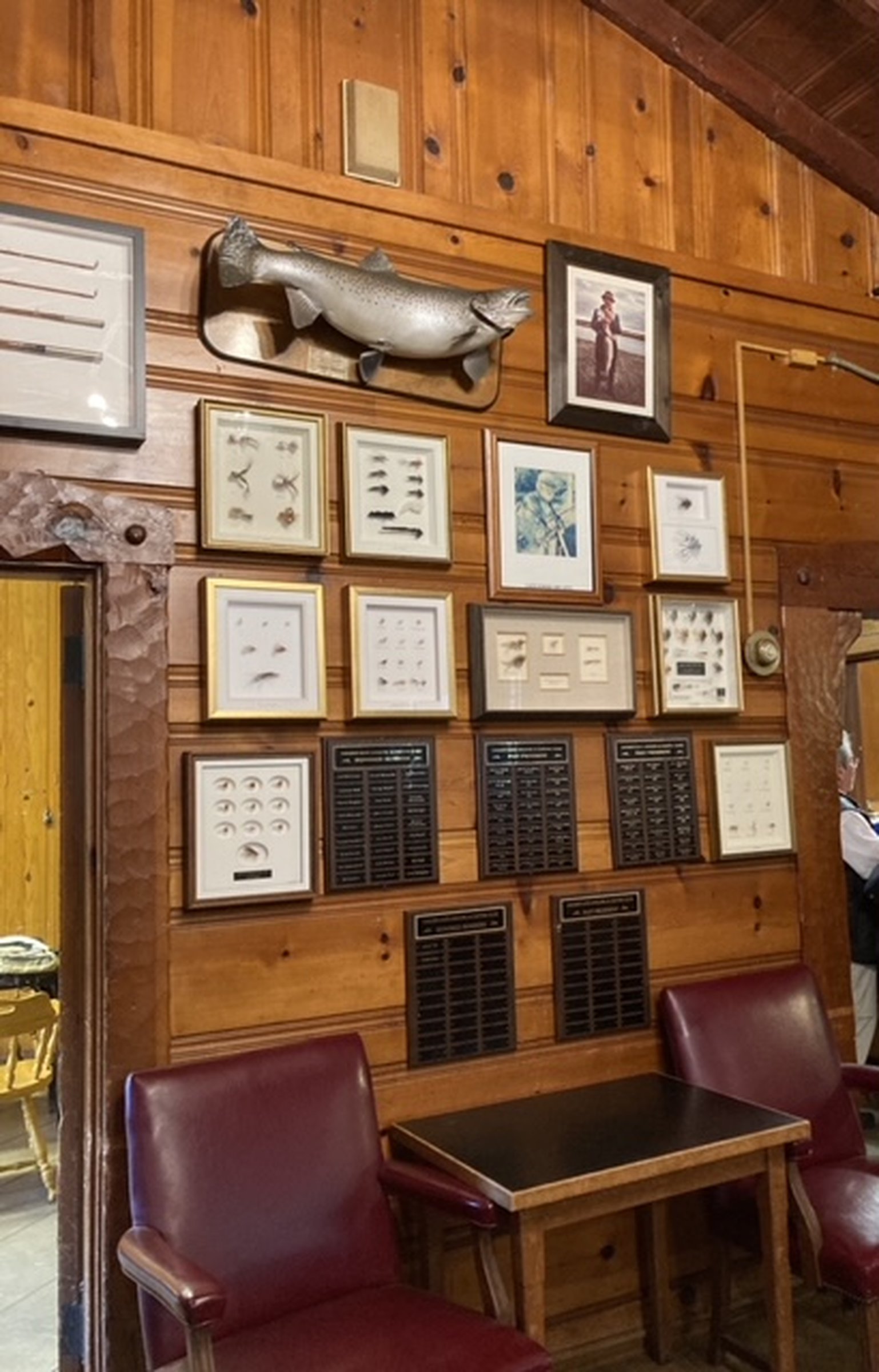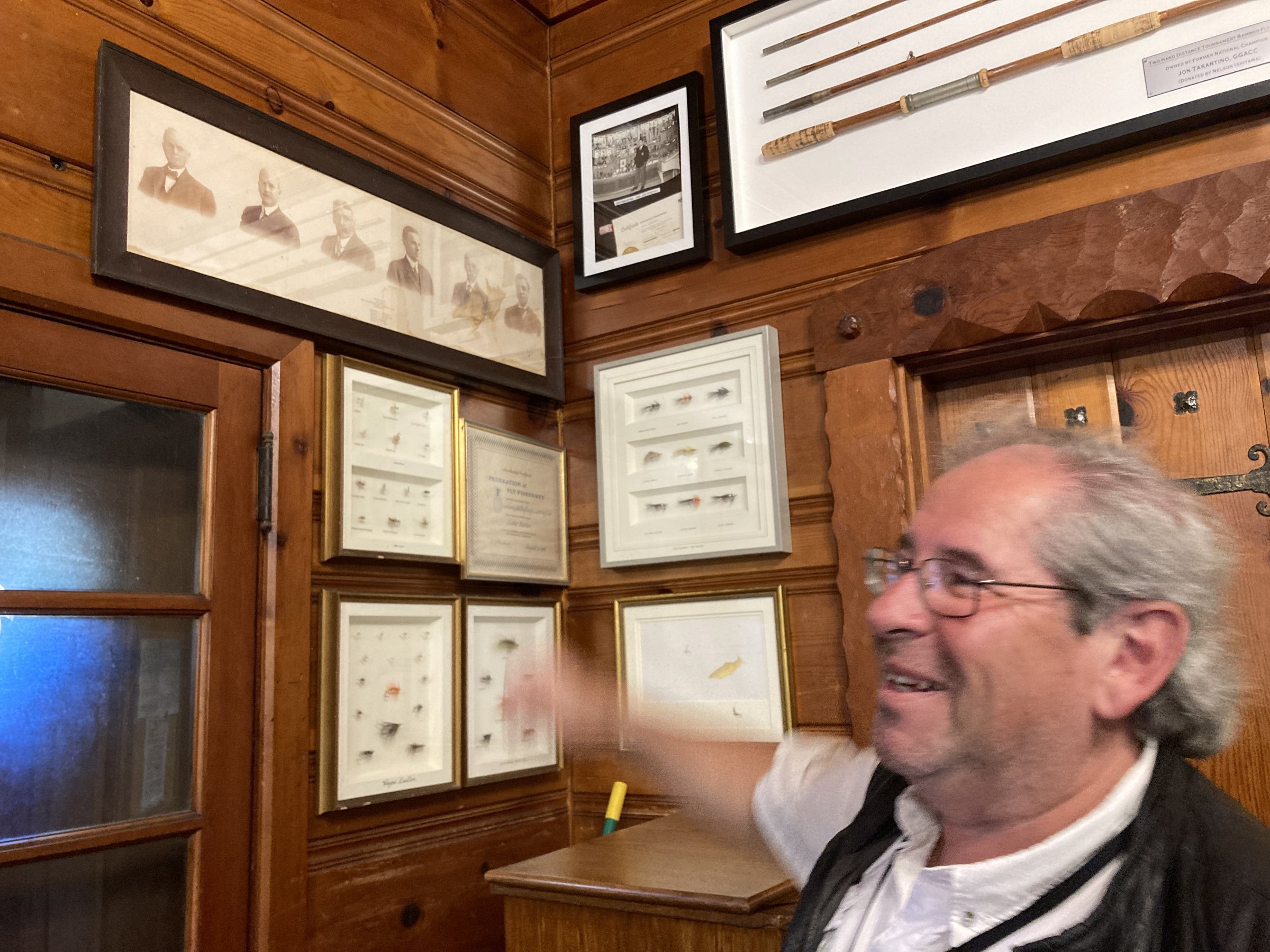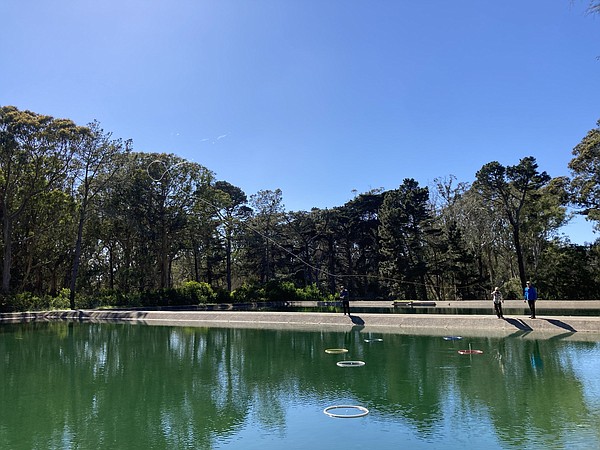SAN FRANCISCO — Fishing is the heart of the Golden Gate.
I discovered this quite by surprise when I arrived April 11 in the City by the Bay, a place I have longed to visit since 1979 when I first heard “Lights,” by Journey, a tune that showcased the immense talent of the band’s new singer, Steve Perry.
My guide for this trip was Kat Anderson, a lifelong friend and fellow 1982 Little Rock Central High School alumnus. Kat went to California after high school, attended Stanford and obtained a law degree from the University of California-Hastings. She is a prominent Bay Area activist and currently serves on the San Francisco Recreation and Parks Department.
Her husband, David Anderson, is a prominent San Francisco attorney who served two years as the U.S. attorney for the northern district of California. This was my first meeting with Dave in person, and our mutual interests in outdoors sports, our families and our off-kilter senses of humor made us fast friends.
Kat, who was eager to immerse me in her beloved city, took me directly to Golden Gate Park, where we stumbled upon a gold mine. As we topped a grassy hill, we gazed upon a complex of large pools. They aren’t reflecting pools. They are casting pools for fly fishermen. They’ve been there for almost a century and are a central feature of the Golden Gate Angling and Casting Club. No fish are in the ponds, but half a dozen anglers made long casts in the cool Bay air.
“Give it a try!” said a gentleman with fashionably long, blond hair as I admired a battery of casters on the other side of the pool where I stood.
“Oh, no. I can’t hold a candle to these folks,” I said.
“There’s no judging here,” he said. “C’mon. Try it!”
I stripped out about 10 feet of line, roll-cast it out front, stripped out another 30 feet and unfurled a perfect loop that stretched the end of the tippet to perfection.”
“You’re not a beginner,” he said.
“I might as well be,” I said. “I haven’t done this in awhile.”
“Where’s home?” he asked.
When a fly fishermen asks, “Where’s home,” he means where is your home water.
“White River. Norfork River. Little Red River,” I replied.
“Arkansas? Are you serious? Those are legendary waters!”
Naturally, this prompted me to share phone photos. Before long, other casters thronged us, admiring photos of trout, stripers and smallmouth bass while peppering me with rapid-fire questions.
And then, we were ushered to the clubhouse to meet Xavier Carbonnet, president of the Golden Gate Angling and Casting Club. Though largely self-funded and self-managed, the club is under the authority of the San Francisco Recreation and Parks Department. A birthday party had just concluded, so the members loaded Kat and me with barbecued ribs, birthday cake, homemade cookies and, for me, a generous shot of Basil Hayden bourbon.
I buried my nose in the glass, inhaled a deep whiff, tilted my head back and groaned rapturously before taking a small sip.
“A man that respects a fine bourbon,” Carbonnet shouted as they other members slapped my shoulders.
Carbonnet, a native Parisian, is a European gentleman who has made several fortunes. He has been a member of the Golden Gate Angler’s Club for 20 years and has been president for two years. He is its unofficial historian and its ardent advocate.
“The history of fly fishing definitely has a hold here in this building,” Carbonnet said. “When we moved the club to this park in 1938, a lot of our members here were inventors of fly rods and fly lines. Sinking fly line was invented in this club. We have a lot of history with innovators in the sport of fly fishing.”
The club originally had no connection with fishing. It focused on competitive casting.
“It was a way for the West Coast casters to be able to compete with Chicago and New York,” Carbonnet said. “At the turn of the 1900s, accuracy or distance casting was what we referred to as a noble sport. It was something American society wanted to do to copy England when it came to the outdoors. And so they built this club looking for members who could do well and compete with the casters of the East Coast.”
It still has that reputation with members like Steve Rajeff, who Carbonnet described as the Michael Jordan of fly casting.
“He’s won everything,” Carbonnet said. “We’re not big into dropping names. Everybody is on social media, look at me, look at me! We’re not those guys. We’re discreet, but you never know who you going to have a drink with, a cup of coffee with or cast with.”
The club survived, Carbonnet said, by becoming inclusive. Anybody that wants to cast a fly is welcome. Membership costs only $40 per year, and members hail from Sweden, Norway, England and Wales.
“Move forward to 2022, and our club is even more relevant,” Carbonnet said. “We teach the community. Early on, there were a lot of preconceived ideas. Women were not welcome in this club. People of color were not very welcome in this club as well. A lot of clubs did not survive for 100 years. This club has thrived. We are open to the public. We have a veterans group. We have a youth group, a womens group.”
The day after my visit, the club held a casting class in which up to 15 certified instructors gave personal lessons to about 150 participants.
“We hope through instruction tomorrow that they stick with the sport,” Carbonnet said. “They can take it every month, rain or shine. We are proud and happy that in 2022, our club is more relevant than it was 100 years ago.”
The club certainly made me feel at home, and it reminded me that all anglers are connected through our love of line and water.
 The Golden Gate Angling and Casting Club Lodge is a living museum of West Coast fly fishing history. (Arkansas Democrat-Gazette/Bryan Hendricks)
The Golden Gate Angling and Casting Club Lodge is a living museum of West Coast fly fishing history. (Arkansas Democrat-Gazette/Bryan Hendricks) The Golden Gate Angling and Casting Club Lodge is a living museum of West Coast fly fishing history. (Arkansas Democrat-Gazette/Bryan Hendricks)
The Golden Gate Angling and Casting Club Lodge is a living museum of West Coast fly fishing history. (Arkansas Democrat-Gazette/Bryan Hendricks) Xavier Carbonnet explains the history of the Golden Gate Angling and Casting Club. (Arkansas Democrat-Gazette/Bryan Hendricks)
Xavier Carbonnet explains the history of the Golden Gate Angling and Casting Club. (Arkansas Democrat-Gazette/Bryan Hendricks)Credit: Source link































